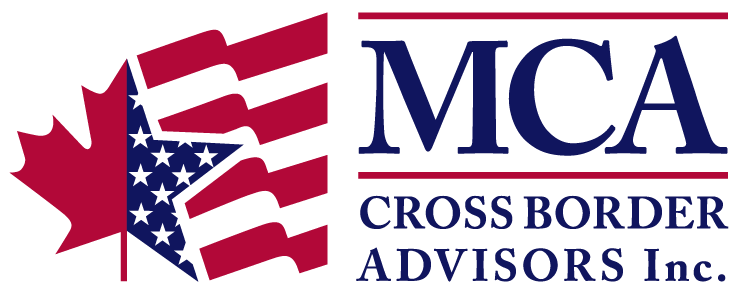Globe and Mail – Snowbirds be warned: Spending too much time in the U.S. can trigger double tax
We are very pleased to share that Matt Altro and David Altro were asked to prepare a special for The Globe and Mail, which was published on June 14, 2018. Their article titled “Snowbirds be warned: Spending too much time in the U.S. can trigger double tax” provides insight into the importance of filing Form 8840. The article reviews how spending too much time in the US can trigger US tax and discusses the Substantial Presence Test, the June 15 filing deadline for Form 8840 and the option of exiting Canada for tax purposes.
To read the article you can see it in full below, or click here to view it on The Globe and Mail’s website.
Snowbirds be warned: Spending too much time in the U.S. can trigger double tax
Matt Altro and David Altro
The Globe and Mail
June 14, 2018
We all know that if you spend too much time in the sun, you can get burned. Snowbirds spending time in the U.S. Sunbelt face an additional threat that no amount of sunscreen can protect them from – the IRS.
That’s because Canadian snowbirds who spend winters in the United States may find that they are subject to tax by the Internal Revenue Service on their worldwide income. It is important to understand the U.S. tax rules – and the actions snowbirds need to take to avoid being taxed south of the border.
THE SUBSTANTIAL PRESENCE TEST
The common understanding is that a snowbird can spend up to 182 days in the United States each calendar year without any tax consequences. Unfortunately, that isn’t true. The U.S. income tax code says an individual is subject to U.S. tax on their worldwide income if they meet what is known as the Substantial Presence Test (SPT).
FILE FORM 8840 BY JUNE 15
Snowbirds who meet the SPT may find themselves in the precarious position of simultaneously being defined as tax residents of both Canada and the United States. Snowbirds in this situation should take action to avoid double taxation. The good news is that even if you meet the SPT, you can be exempt from U.S. tax if you have what is known as a “closer connection” to Canada. (Luckily, most snowbirds do, in fact, have a closer connection to Canada.)
A closer connection is established if snowbirds have maintained significant ties to Canada, such as a place to live, a job, family members, a driver’s licence, etc. To claim the closer connection exemption for 2017, Canadians must file IRS Form 8840 by June 15, 2018. The form cannot be filed late. Also, you are not eligible to file Form 8840 if you spend 183 days or more in the United States in 2017 or if you have taken steps toward obtaining a green card.
If you find yourself in a situation where you are not eligible to file Form 8840, you may still be able to avoid U.S. tax by filing a non-resident U.S. tax return (Form 1040NR) and taking a treaty-based position (Form 8833) indicating that, according to the “tiebreakers” on residency in Article IV, Paragraph 2 of the Canada-U.S. tax treaty, you are a Canadian tax resident and not a U.S. tax resident. This process is more complicated than filing Form 8840, however, and taking a treaty-based position may subject you to a host of detailed information-reporting to the IRS on your foreign (non-U.S.) assets.
EXITING CANADA FOR TAX PURPOSES
In conclusion, meeting the SPT can be overcome with the closer connection form (8840), but to maintain eligibility to file the 8840 you cannot be present for 183 days in the tax year. That being said, many snowbirds dream of spending eight to nine months in the Sunbelt, only returning to Canada during the summers. With the right immigration plan, it may be possible. This dream is usually driven by lifestyle, but it also provides the potential for tax savings.
The key to these savings is to ensure you become a non-resident of Canada for tax purposes since U.S. income tax rates are significantly lower than our Canadian rates. In addition, Canadians who exit Canada and become U.S. residents can withdraw their RRSPs at much lower tax rates and are also exempt from clawback of their Old Age Security. That being said, exiting Canada can be complicated as it involves immigration, tax, estate, health care and other financial issues. Planning should begin at least a year in advance to ensure these issues are managed properly.
In the meantime, don’t forget to track your days in the United States. Spending time in the sun can be fun – just remember to protect yourself with a closer-connection exemption form and some sunscreen.
Matt Altro is the president and CEO of MCA Cross Border Advisors Inc. and a certified financial planner in Canada and the United States. David Altro is the managing partner of Altro LLP, which specializes in cross-border tax and estate planning, real estate and immigration and has offices in Canada and the United States.

